During the Great Patriotic War (WWII to anyone outside the USSR), there were many cases where downed Soviet aircraft crashed into either German aircraft or ground objects in a maneuver known as a “ram”. Soviet pilots carried out more than 600 rams during the war. Thanks to their application, it was possible to destroy a large number of enemy soldiers and enemy equipment.
A classic air ram is where a pilot directs his aircraft towards an enemy plane, ground targets, or enemy ships. When ramming an air target, an experienced pilot could use his parachute to escape, or even possibly save his plane, if it wasn’t too damaged. However, ramming a ground target or a ship left the pilot little chance of survival if he could not leave his plane before the collision.
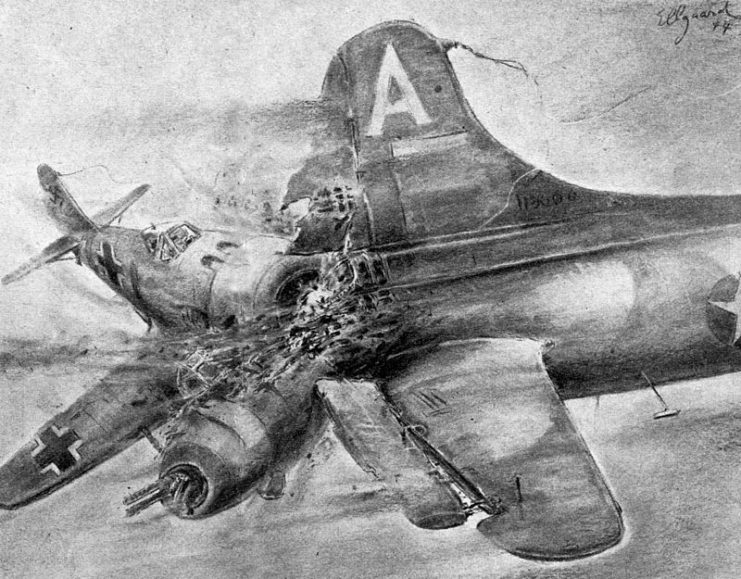
Depending on the design features of the particular aircraft and how much time the pilot had, various ramming techniques could be employed. The pilots used individual elements of their aircraft (chassis, wings, tail, and fuselage) to damage enemy aircraft. In some cases, pilots might manage two or more blows at once.
Captain Petr Nesterov first used the air ram in September 1914. At an altitude of about 600 meters, he sent his monoplane into the Austrian Albatros D.II scout plane. As a result of the collision, both aircraft were critically damaged and their crews were killed. Air rams were also used during the Spanish Civil War, the Second Sino-Japanese War, the Battles of Khalkhin Gol, and the Winter War.
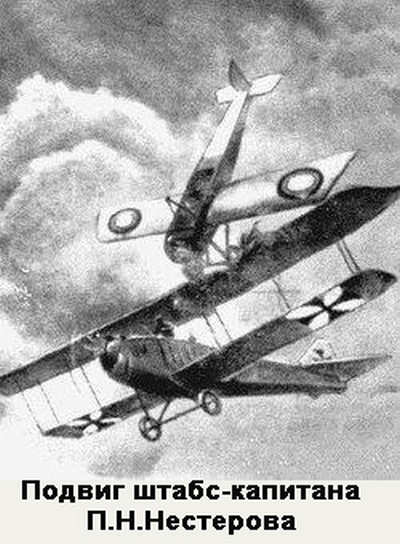
The ram was especially popular during World War II. Soviet pilots used it as a last resort if they encountered a problem, such as jammed weapons or the end of ammunition. On the first day of the Great Patriotic War alone, seven Soviet pilots rammed enemy targets.
Despite its effectiveness, the ram was unnecessarily risky. It could lead to unjustified losses of equipment, not to mention the lives of trained pilots, so in general, it was not encouraged. Nevertheless, the pilots who performed such rams often received awards and gained fame.
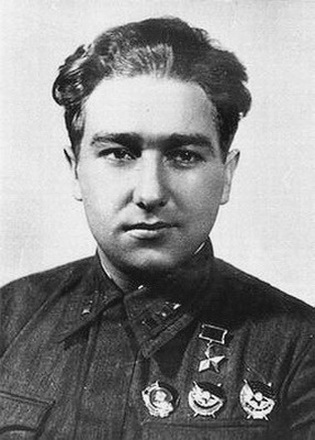
One type of ram is a “fire ram”, which is when a battered and burning aircraft collides with a ground or naval target. This maneuver was deployed only when it became clear that the aircraft was facing inevitable destruction. The pilot often had a choice: to escape and be captured, or to destroy the enemy at the cost of his life. Many chose the second option.
Out of about 600 ramming cases (506 of which were for ground targets), and 237 were fire ramming. Over 450 pilots died as a result of a fire ram, this figure exceeding the number of rams due to the fact that in some aircraft there were 2-4 people.
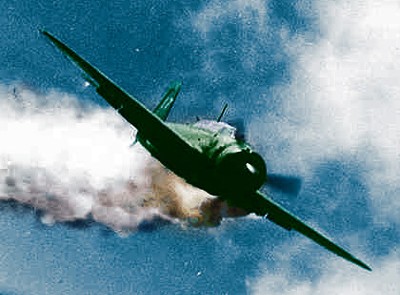
It was rare that pilots survived a fire ram. In fact only 6 pilots are recorded as surviving. One of these pilots was Lieutenant Koldybin. He rammed his plane into a German aircraft which was crossing the Dnieper River. As a result of the collision, there was an explosion which catapulted Koldybin from his plane.
The first pilot who made a ram in a burning plane was Senior Lieutenant Pyotr Chirkin. On June 22, 1941, during a battle near the city of Stryj (Стрый) in Western Ukraine, he sent his Polikarpov I-153 fighter into the center of a German tank column.
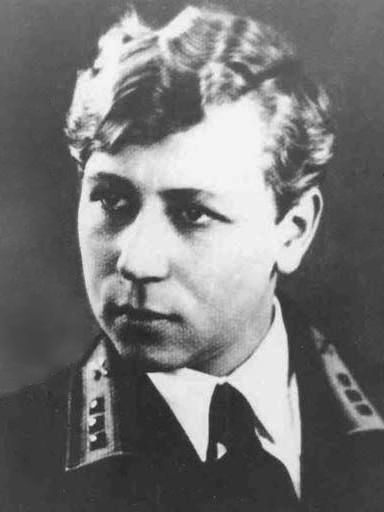
The only known case of a ram carried out by a woman occurred in September 1941. Pilot Ekaterina Zelenko in an SU-2 bomber first destroyed one German fighter and then rammed a second. As a result, the Messerschmitt Bf.109 was destroyed and Zelenko was killed.
The feat of Nikolai Gastello was widely covered in the Soviet mass media. After falling under the bombardment of German antiaircraft artillery, Gastello’s plane suffered damage to the fuel tank which caused a fire on board. Gastello chose to send his plane into the column of the enemy.
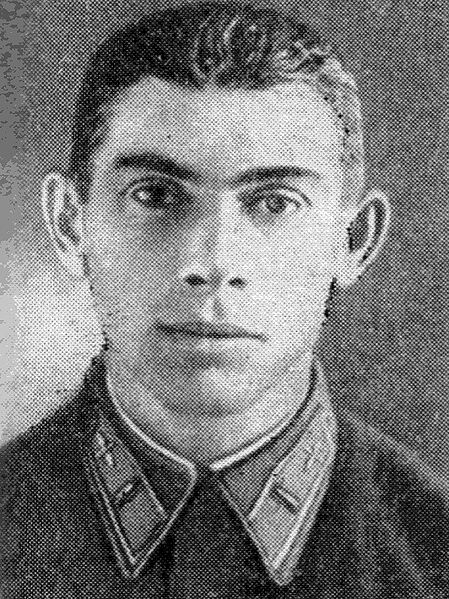
On January 14, 1943, during the outer raid of the Vardø port in Northern Norway, the torpedo carrier of Captain Andrei Bashtyrkov was damaged while destroying a German transport and it caught fire. Bashtyrkov sent a message to the flagship command post: “I attack the second transport. Farewell, friends”. After that, he conducted a fire ram which cost him his life but nevertheless destroyed the second German transport.
Read another story from us: Instrument of the Famous “Night Witches” – The Versatile Soviet U2/Po-2
After the exploits of Nikolai Gastello and others like him, the Soviet Information Bureau began to glorify pilots who employed ramming maneuvers. The command of the Red Army used Gastello as an example to motivate other pilots. The execution of a fire ram was considered a form of military heroism.
